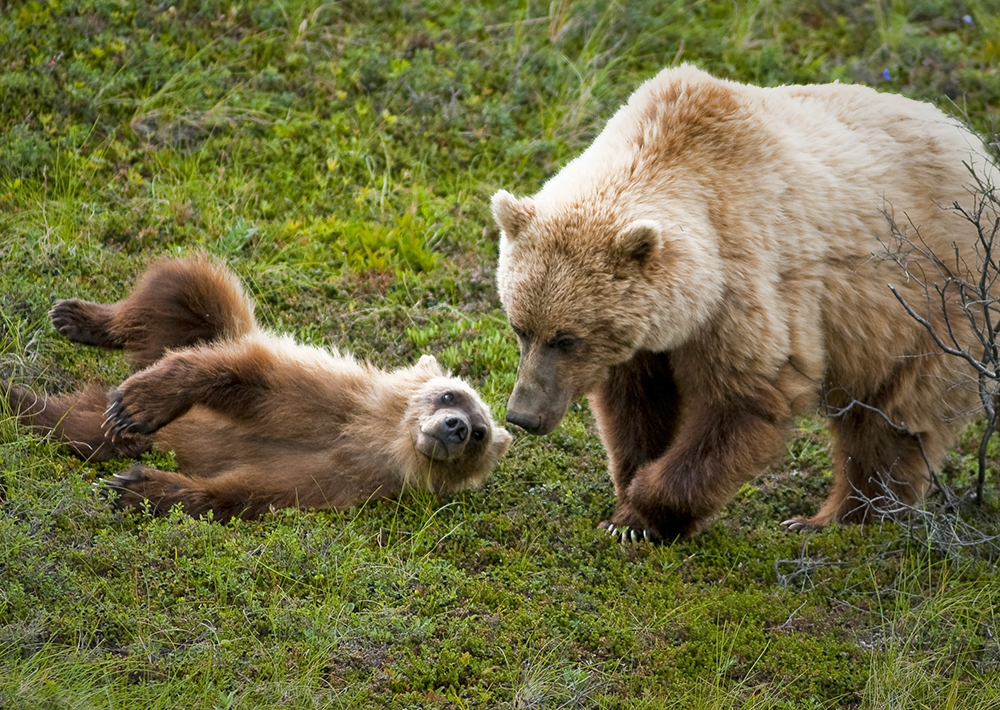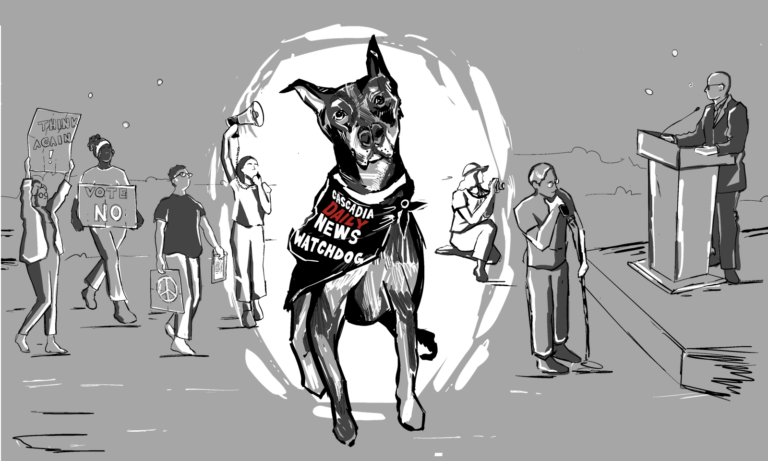Two federal agencies are seeking input on draft proposals to restore and manage grizzly bears in the North Cascades region.
The National Park Service launched a 45-day public comment period Thursday, Sept. 28, and the U.S. Fish & Wildlife Service will launch a second public comment period Friday, Sept. 29.
The commentary period that ends Nov. 13 is the next step for the National Park Service and U.S. Fish & Wildlife Service to reintroduce grizzlies to the North Cascades Ecosystem encompassing the park and surrounding public land.
A second component of the project involves the Endangered Species Act. The U.S. Fish & Wildlife Service plans to release a proposed rule under section 10(j) of the act on Friday. It is available now in the Federal Register.
The agencies plan to hold a virtual meeting at 7 p.m. Oct. 17. Officials also have scheduled in-person meetings on Oct. 30 at the Okanogan County Fairgrounds in Okanogan and Nov. 1 at Currier Hall in Newhalem.
The National Park Service’s draft impact statement offers several options for bear restoration. Action alternatives propose creating a population of 200 bears by releasing three to seven grizzlies annually within a decade.
The goal is to replenish a former population all but eradicated through hunting.
The two action alternatives call for creating an initial population of 25 grizzlies before switching to adaptive management, the impact statement says.
A “no action” alternative in the impact statement would continue existing management practices.
“We are looking for the public’s help in selecting the best path forward as we evaluate grizzly bear recovery on these federal lands,” North Cascades park superintendent Don Striker said in a statement.
The proposed 10(j) rule helps threatened or endangered species recover by allowing experimental populations to be reintroduced into their habitat. According to a news release, it would give local communities more flexibility to manage the grizzly population, including deterrence, relocation or removal of animals involved in conflict.
The additional tools could offer more safety and certainty for the region while providing for the conservation of the species, officials said.
“If this part of our natural heritage is restored it should be done in a way that ensures communities, property and the animals can all coexist peacefully,” Fish & Wildlife regional director Hugh Morrison said in a statement.
Officials have described grizzlies as essential to the ecosystem, “distributing native plant seeds and keeping other wildlife populations in balance.”
The impact statement said the closest bear populations do not have the density to expand into the North Cascades because of barriers created by the Fraser River, the TransCanada Highway, two national railroads and expanding growth along the corridor.
The last confirmed sighting of a grizzly bear in the U.S. portion of the North Cascades Ecosystem was in 1996 near Glacier Peak.
The divisive plan to repopulate grizzlies in the North Cascades began with the Obama Administration.
Concerns from eastern Washington ranchers have highlighted arguments against bear restoration. Ranchers have likened the return of grizzlies to relocation issues with gray wolves.
Rep. Dan Newhouse (R-Sunnyside) said in a news release last year that “introducing an apex predator to the area would threaten the families, wildlife and livestock of North Central Washington.”
Jason Ransom, wildlife supervisor for North Cascades National Park, said in an interview this year that biodiversity is the key to resilience.
“As we look at all the climate change models from bad to worse, there are going to be winners, and there are going to be losers,” he said. “The more players you have on the field, the better chance we have to win.”
Officials hope to have a final EIS / 10(j) rule published early next year in the federal register. Then a decision on what action to take probably will be made at the director level, Ransom said.
Those who want to submit comments on paper can send letters to:
Office of the Superintendent
Grizzly Restoration EIS, 810 State Route 20
Sedro-Woolley, WA 98284
For information on the proposal and how to submit comments, visit https://parkplanning.nps.gov/NCEGrizzly.
To view and submit comments on the proposed 10(j) rule starting Friday, visit regulations.gov and reference Docket No. FWS–R1–ES–2023–0074.




